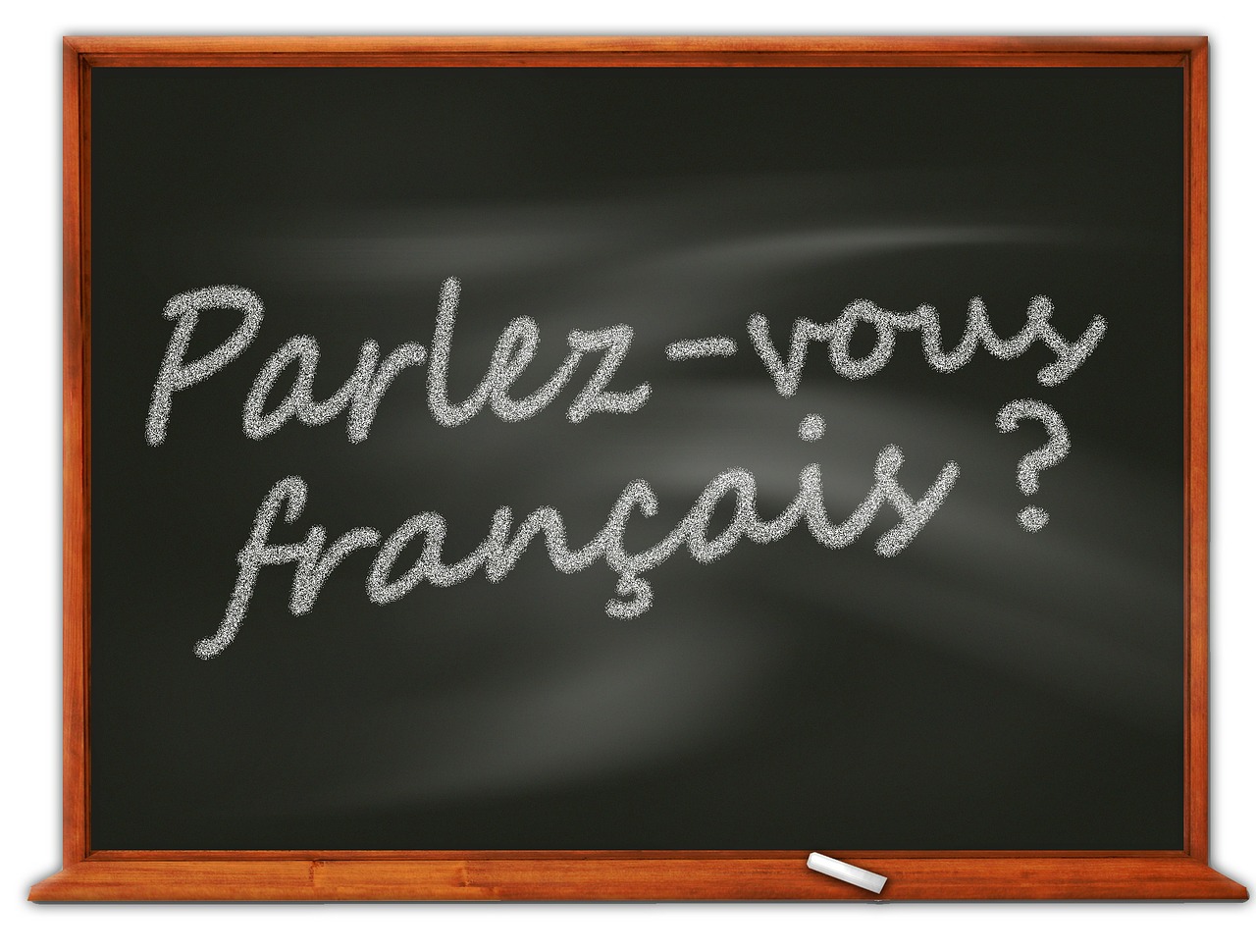Many students here at BHS struggle with foreign language classes, and the extent of this struggle reaches far beyond the parameters of a single high school. The Atlantic reported, in 2015, that “Only 7 percent of college students in America are enrolled in a language course.” American students have had an increasingly waning interest in foreign language, and not only as a pursuit in college; “Less than 1 percent of American adults today are proficient in a foreign language that they studied in a U.S. classroom.” Most American citizens that first learn a foreign language in a classroom do not achieve proficiency later in life; this suggests the existence of an issue that runs deeper than American ignorance, but, rather, an issue within American high schools.
Madame Noble, a French teacher here at BHS, offers her take on the areas in which the learning process for language in academia is flawed, and where it excels. Some of the latter points include the fact that the French III and IV courses are constantly evolving. On French III, Noble states that Mr. Zeller, “Created all of that without textbooks, as you know, the French III curriculum is our own curriculum.” The French I and II courses experienced a similar re-vamp about two years ago, no longer centered around a textbook, which Noble felt was too “limiting”. As such, the French program here at BHS is ever-evolving, which Noble cites as a positive when teaching students French. “And that’s why we [French teachers] always speak French to each other, the three of us, because we are constantly still learning from each other.” Even as someone who is fluent in french, Noble still continues to learn from other teachers. In a similar fashion, the curriculum adjusts and evolves according to the vast and ever changing French language. She admitted that she, herself, did not get perfect scores in French when she was in high school, and instead cites exposure to the native language as the largest source of her French fluency.
Therein lies the issue; how does one expose a classroom of American students to native french speakers? Madame Noble explains that hosts of foreign exchange students oftentimes learn how to hold conversation in the foreign tongue, “I think that the exchange program, and thanks to Madame Brown for starting the whole thing, we’ve seen a huge difference in a lot of students (…) they’re comfortable, and they’ve had that opportunity between hosting and going (…) That has done wonders for some students”. Noble credits social media with strengthening this exposure to native French, with exchange students and their hosts texting even after the students depart. Noble also exposes her students to French children’s books in her classroom, explaining that this is the process of how anyone first learns language. Even us native English speakers began with pointing at cartoonish pictures of dogs, and spelling out “D-O-G”. The process, therefore, should be similar in learning French; beginning with simple language, and then moving on into the more complex sentence structures.
Language is just that; extremely complex, and Madame Noble recognizes that the learning process is something of a ‘marathon,’ and that no one acclimates to the language learning process immediately. She recognizes that students have different skills when it comes to language, hence the purpose of different competencies, as well as courses like ‘Conversational French’ and ‘IB French’ that encourage proficiency in both casual and academic french, respectively. However, Noble did express one qualm about the learning process for language, although it is more reflective upon American society as a whole. Noble explains, “Languages are not promoted here. We start language at age… twelve or thirteen. We start at 6th or 7th grade… when it’s more difficult to learn a language. Most European countries are starting to learn a second language at age six, seven, eight.” With students learning later in life, when one’s brain is less susceptible to new language, it is no wonder that many BHS students find themselves at odds with their foreign language classes. However, with hard work by both staff and students, anyone who desires to pursue a language in BHS should find plenty of success.




